Thai Binh Province Planning: Identifying potential, promoting advantages, and promoting investment attraction
Identifying potentials and strengths, the Thai Binh Provincial Planning for the period 2021 - 2030, with a vision to 2050, has proposed plans to develop functional areas, especially sea-facing spaces, to promote advantages and create opportunities to attract strong investment in the province.
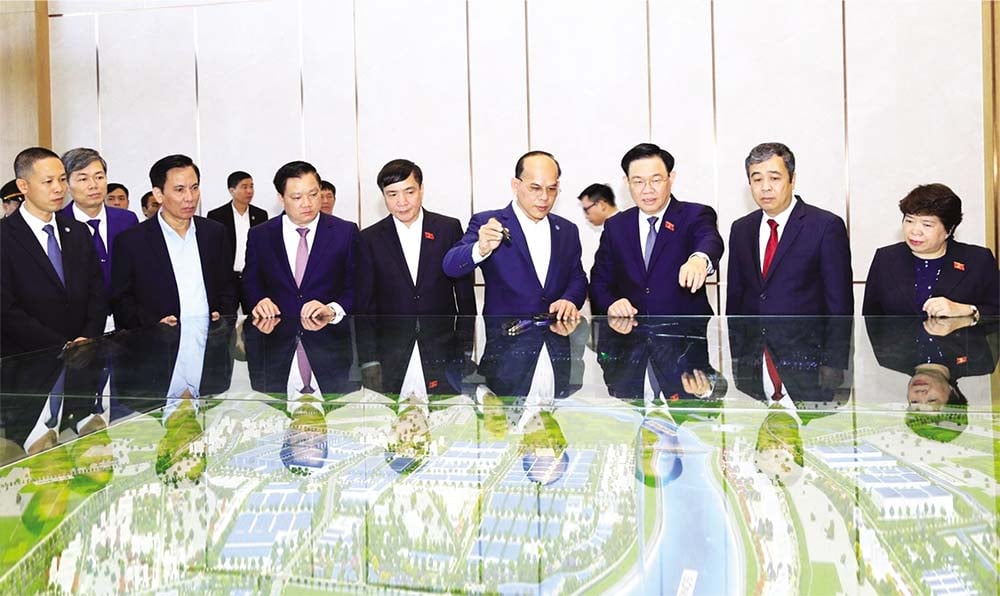 |
| Chairman of the Board of Directors of Green i - Park Joint Stock Company Nguyen Minh Hung reported to National Assembly Chairman Vuong Dinh Hue, Central leaders and Thai Binh province about the development process of Lien Ha Thai Industrial Park. |
Development of functional areas
The first focus of the Plan is to develop Thai Binh Economic Zone into a key economic development driver of the province in a multi-sector, multi-field direction, with synchronous and modern infrastructure, improving the operational efficiency of industrial zones, linking industrial development with the urbanization process in the locality. Prioritizing the development of industrial - urban - service zones, the Northern industrial zone and other industrial zones in Thai Binh Economic Zone with many favorable conditions for infrastructure connection, thereby promoting investment attraction.
Along with that, focus on investing in the construction and completion of the infrastructure of industrial parks that have been approved by the Prime Minister for investment. At the same time, establish new and develop industrial parks that have been approved by the Prime Minister for planning in the Master Plan for the construction of Thai Binh Economic Zone and industrial parks. Invest in the construction of a synchronous and modern infrastructure of the pharmaceutical - biological industrial park, which is an attractive location to attract investment projects in this field.
Thai Binh province's planning also clearly states that a system of 67 industrial clusters with a total area of 4,198 hectares will be developed in the districts. A number of specialized industrial clusters and production industrial clusters will be formed in the direction of industry and regional linkages within and outside the province.
The impressive highlight covering the Thai Binh Provincial Planning for the period 2021 - 2030, with a vision to 2050, is the coastal socio-economic space of Thai Binh, including the entire Thai Binh Economic Zone, as the new growth pole of the province and the Red River Delta.
The plan has allocated the development of a 1,000-hectare research and training area in Quynh Phu district towards a scientific research and training center for the region and the whole country; focusing on research facilities, supporting development, high-tech application and training facilities, university education, attracting experts in high-tech industries to do applied research and training.
With potential investment locations, they will be developed into provincial-level tourist areas such as the special national historical site of the Tomb and Temple of the Tran Dynasty Kings (Hung Ha district); Bach Thuan Garden Village (Vu Thu district); Hong Ly Mustard Flower Garden (Vu Thu district); Communal House - Temple - Ben Tuong, A Sao relic cluster (Quynh Phu district); Hot mineral spring resort (Hung Ha district)...
Developing trade - services, logistics with a system of concentrated commercial areas, general service areas, shopping centers, supermarkets, stores... By 2030, establish at least 6 logistics service centers in Thai Binh city and districts of Thai Thuy, Tien Hai, Hung Ha, Kien Xuong, Quynh Phu.
Potential development space
That is the sea-facing space - a great advantage of Thai Binh province. The plan for developing functional areas of the Thai Binh Provincial Planning for the period 2021 - 2030, with a vision to 2050, affirms: building and developing Thai Binh Economic Zone into a key area, a driving force for economic development of the province in a multi-sector, multi-field direction, with synchronous and modern infrastructure, linking industrial development with the urbanization process of localities. Prioritizing the development of industrial parks, service urban areas, industrial parks in the North of Thai Binh Economic Zone, industrial parks approaching the coastal road. Forming high-tech, carbon-free industrial - urban - service zones on reclaimed land.
Regarding the sea-facing space, the Plan has determined the forestry area to be 5,386 ha, of which the area within the boundary is 1,049 ha and the area outside the boundary is 4,337 ha (2,089 ha of protective forest, 2,248 ha of special-use forest). The Plan also clearly states that the coastal area is responsible for conserving and sustainably using important natural ecosystems, so the Thai Thuy and Tien Hai Wetland Nature Reserves have been planned to develop forests, protect the environment, biodiversity, minimize the impact of wind, storms, rising tides... as a green wall stretching, protecting the entire coastline of Thai Binh.
The 6-nautical mile sea area of Thai Binh has an area of 487 km2, with 8 functional areas: security - defense area; seaport, traffic and logistics; aquaculture and fishing; nature conservation and scientific research; exploitation of marine resources; exploitation of renewable energy; development of tourism, marine services; reclaimed land for industrial and urban development.
Three port areas will be built here: Diem Dien Port Area, Tra Ly Port Area and Ba Lat Port Area. Developing Thai Binh seaport, focusing on the port area outside the river mouth to receive ships up to 50,000 tons; building 2 dry ports in the North and South of the Economic Zone. Planning for coastal wind power development in the area adjacent to Con Den Tourist Area and adjacent to Tra Ly estuary; building a 70 MW wind power plant. Developing a comprehensive multi-industry and multi-product marine tourism such as Thuy Truong mangrove eco-tourism; Con Vanh - Con Thu golf course resort tourism; Con Den marine eco-tourism resort; Dong Chau coastal city tourist area; temple festival, shrine of Lady Muoi...
Focus on developing ecological urban space in the southern subdivision, combining ecological urban, commercial services, industry with tourism development, wind power development and conservation of natural landscapes.
The planned area for sea encroachment research to expand land fund for socio-economic development of Thai Binh province is about 4,423 hectares.
Thai Binh will have 3 expressways, of which route CT.16 connects Thai Binh Economic Zone - Tra Giang Urban Area and Thai Binh City with the Northwest Economic Zone of the Capital and the Central and Southern regions. After 2030, when the infrastructure of the economic zone, industrial zones, ecological urban areas, and coastal logistics service and trade areas are completed, Thai Binh will form a dual-use airport with helicopter landing points and coastal seaplane landing pads.
Continue to explore oil and gas in potential areas and offshore waters. Build and operate stably the gas collection and distribution system of Ham Rong and Thai Binh mines. Continue to research the technology of exploiting the coal basin of the Red River Delta in Nam Thinh commune. Build the Thai Binh condensate processing plant in the Economic Zone; build the LNG Thermal Power Center, onshore and offshore wind power projects, rooftop solar power, and biomass power. Renovate, upgrade, and build new stations and 500 kV, 220 kV, and 110 kV lines to meet electricity demand.
The planning has zoned Thai Thuy and Tien Hai districts, two coastal districts located in the Economic Zone, which are the main driving force of Thai Binh province. Thai Thuy, with 1 town and 35 communes, covering an area of 266.6 km2, bears the responsibility of developing the province's industry and urban areas, associated with the development of the northern part of the Economic Zone; developing marine economy, seaports, trade services, tourism and seafood; developing urban infrastructure and housing, high-tech agriculture...
The Tien Hai district area with 1 town and 31 communes, area of 231.3 km2, bears the responsibility of developing the province's industry and urban areas with the development of the southern part of the Economic Zone; developing the marine economy, trade services, tourism and seafood; exploiting and processing oil and gas; urban infrastructure and housing; high-tech agriculture combined with tradition; reclaiming the sea to expand the province's space.
The impressive highlight of the Thai Binh Provincial Planning for the period 2021 - 2030, with a vision to 2050, is the coastal socio-economic space of Thai Binh, including the entire Thai Binh Economic Zone, as a new growth pole of the province and the Red River Delta. Therefore, in the overall development goal to 2030 of the Planning, it is affirmed: "Building the Economic Zone into a dynamic development area of the province. Taking advantage of the sea to develop a number of areas with a driving role such as seaports, energy (gas and electricity, wind power), industry, urban areas reclaiming the sea, etc.
Source








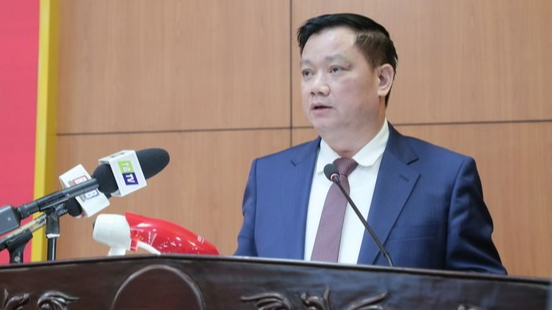

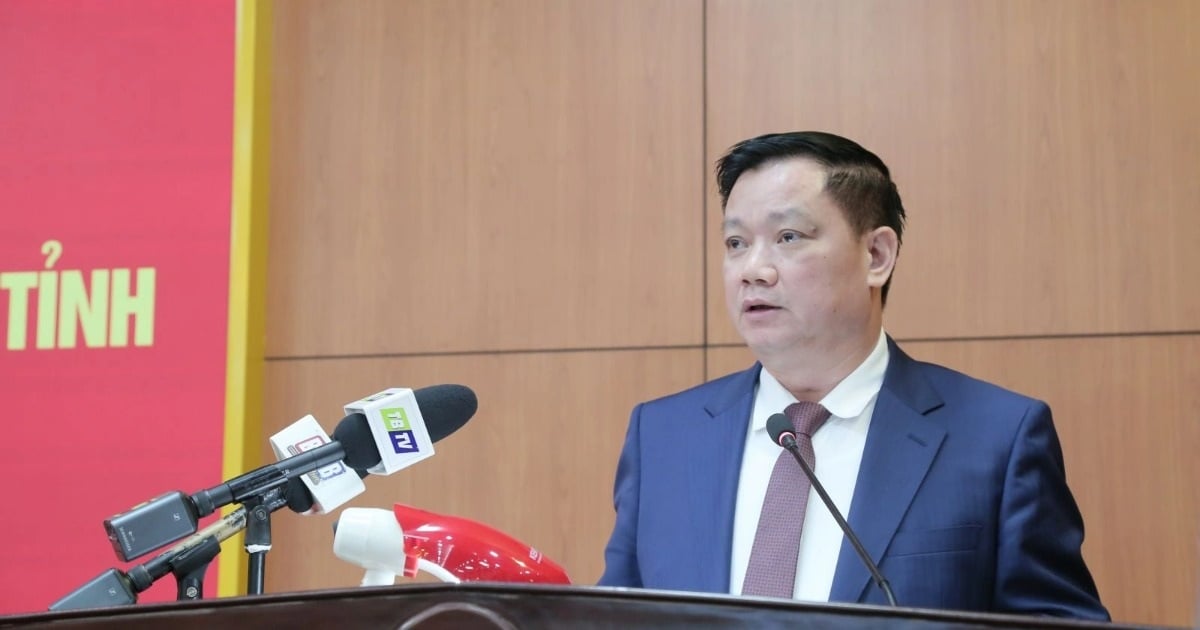

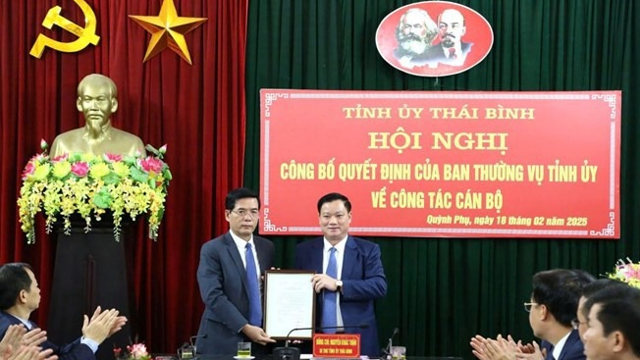
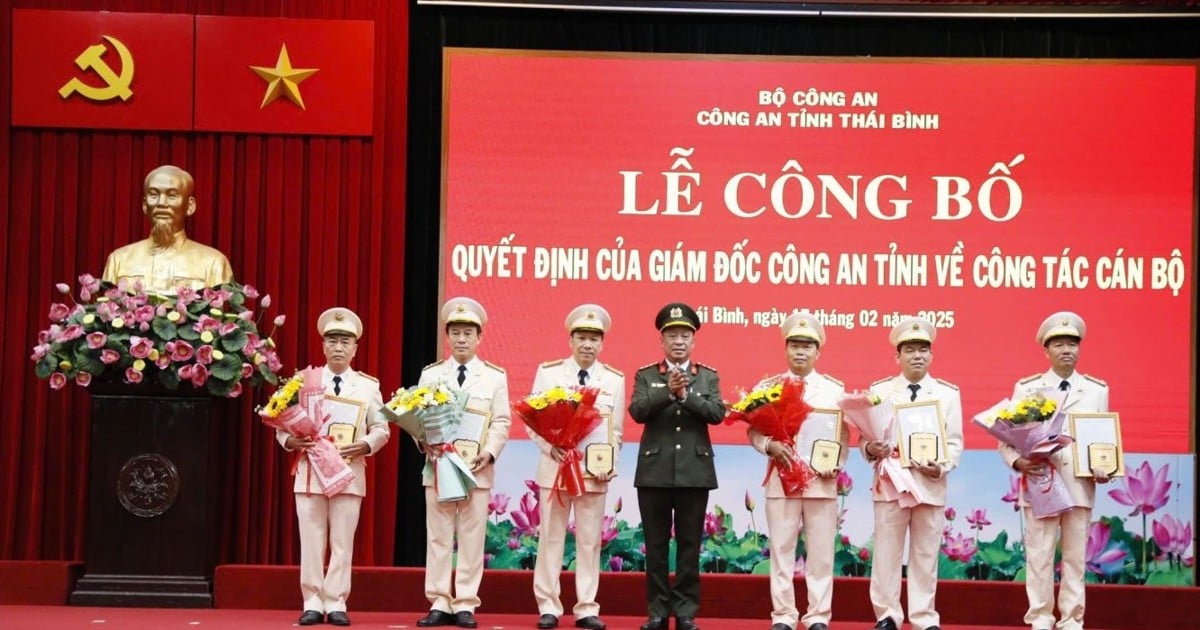
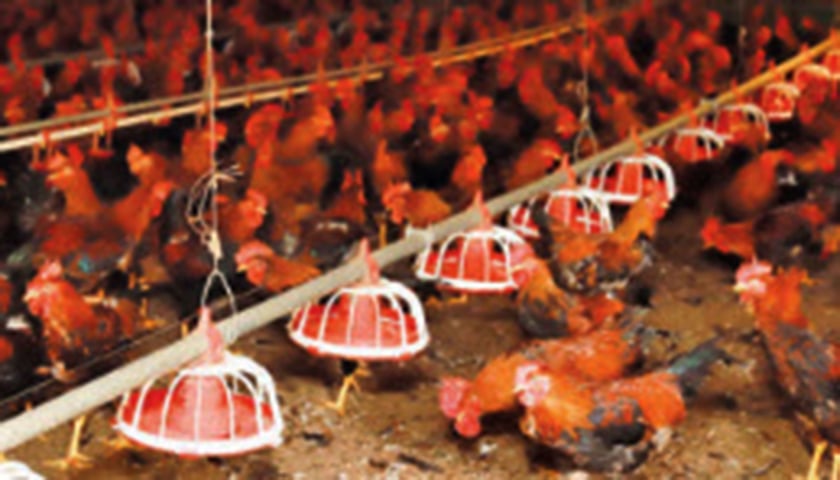




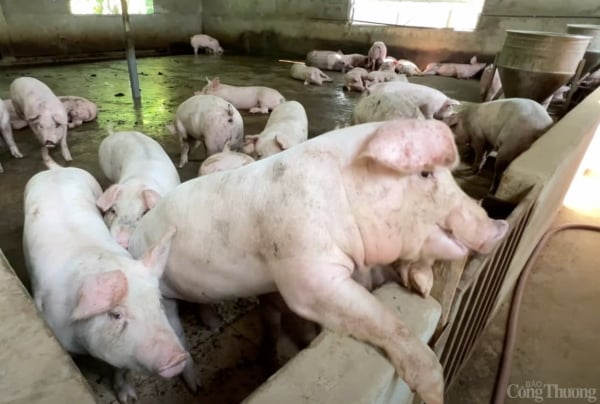
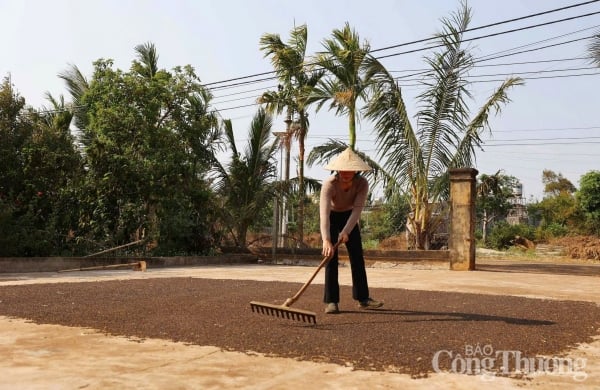
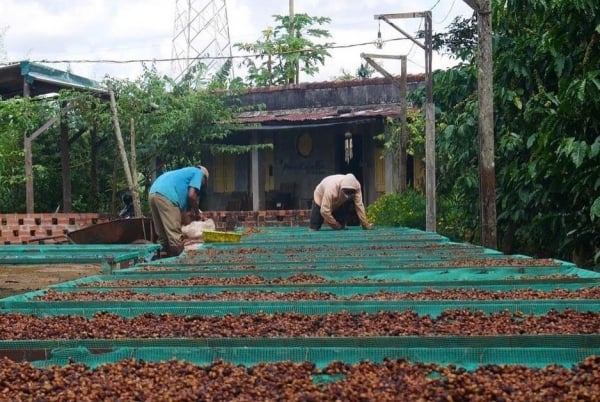
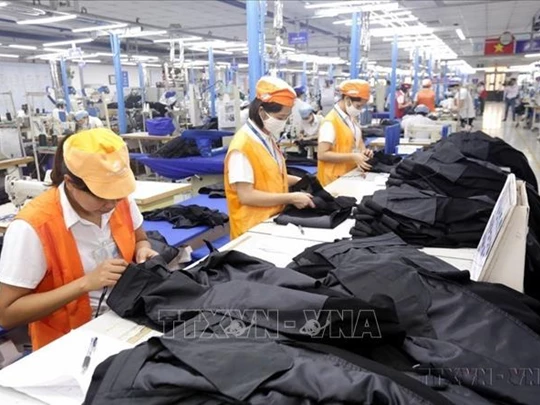

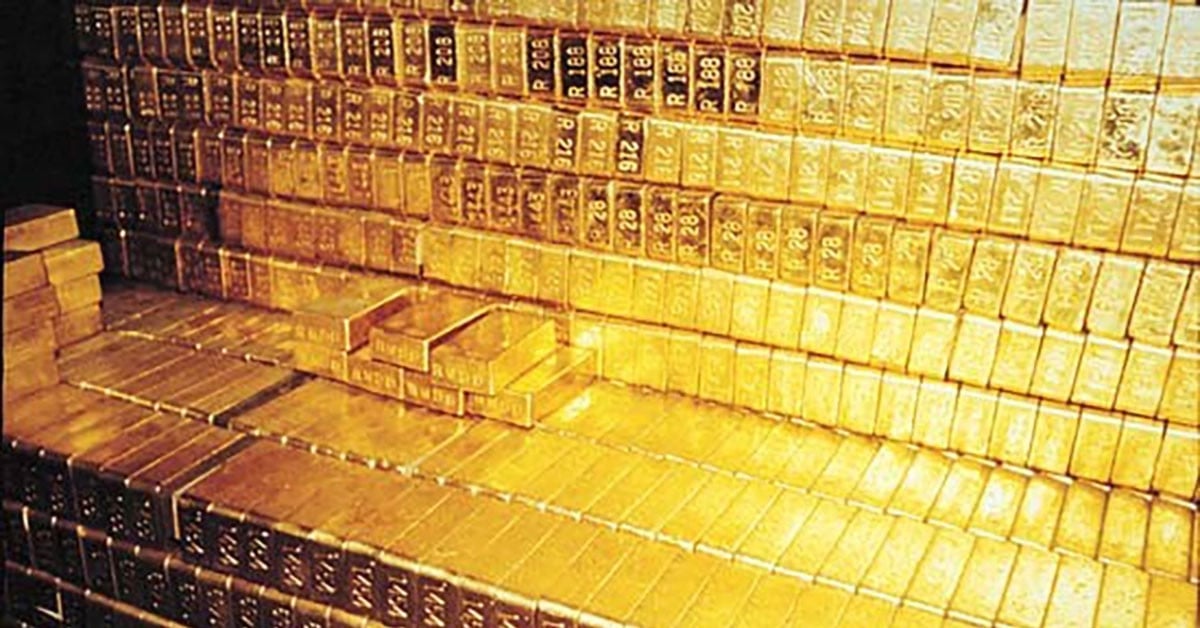




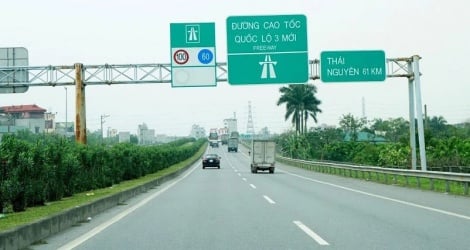
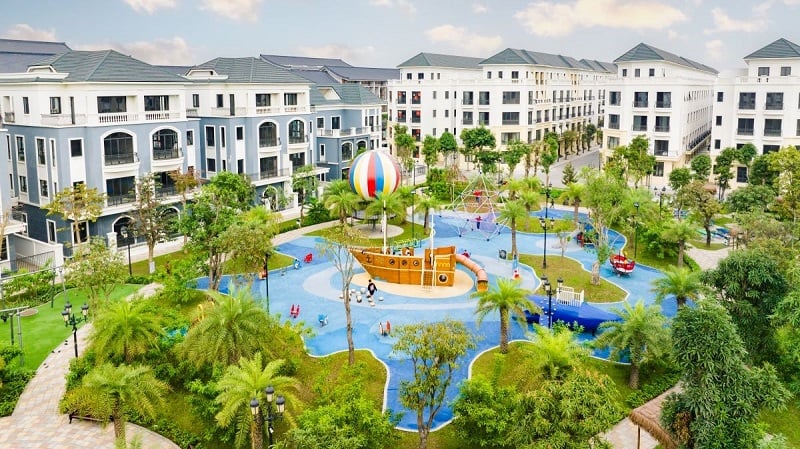
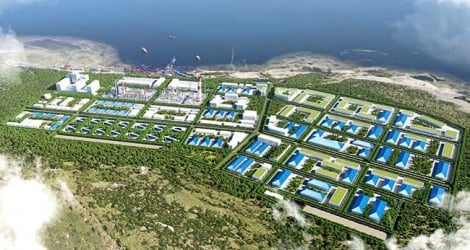
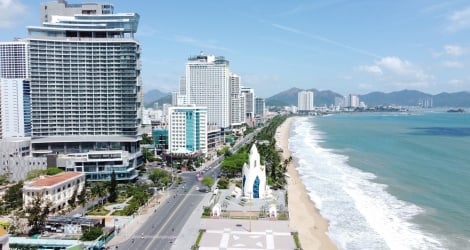







![[Photo] Prime Minister Pham Minh Chinh chairs Government Conference with localities on economic growth](https://vstatic.vietnam.vn/vietnam/resource/IMAGE/2025/2/21/f34583484f2643a2a2b72168a0d64baa)




















































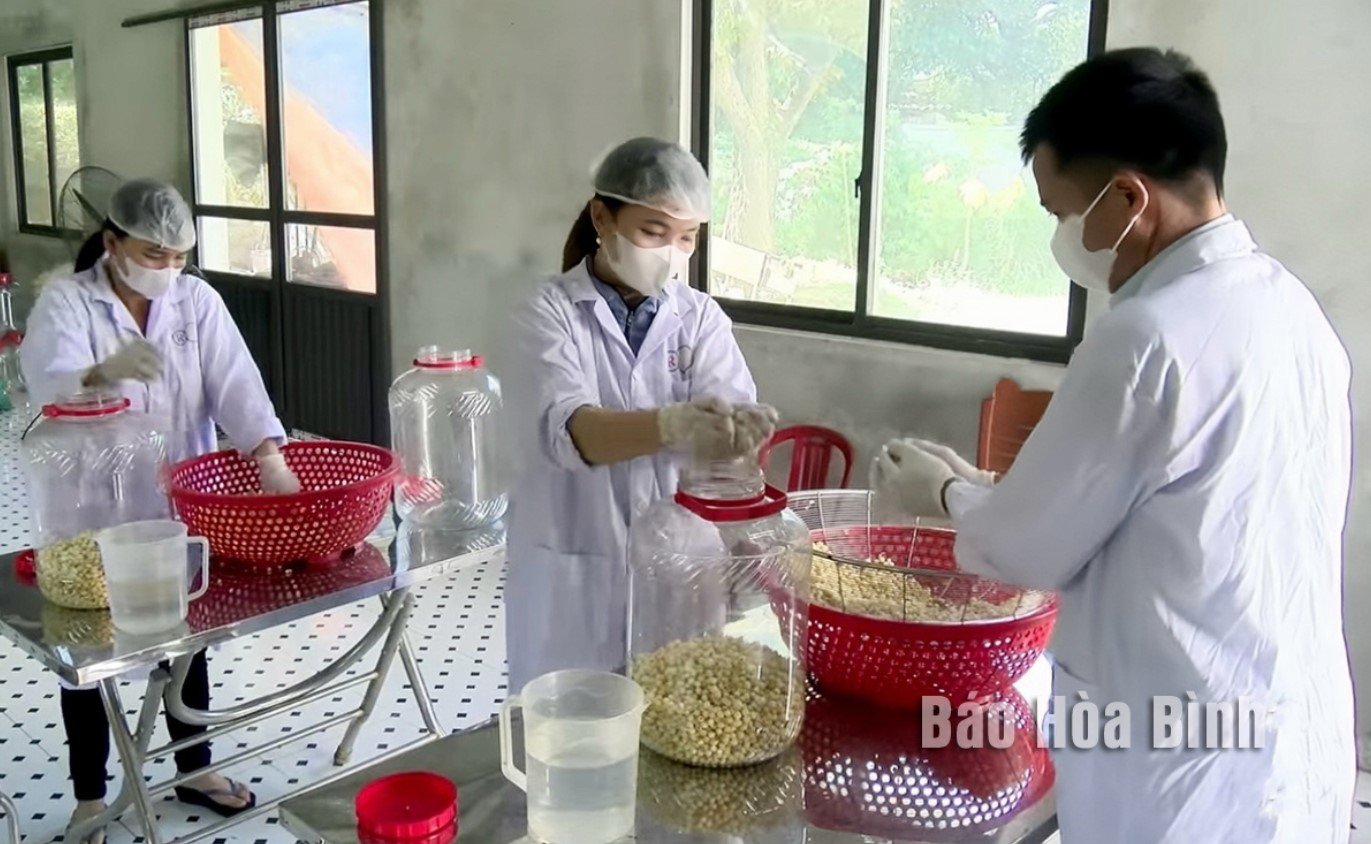







Comment (0)